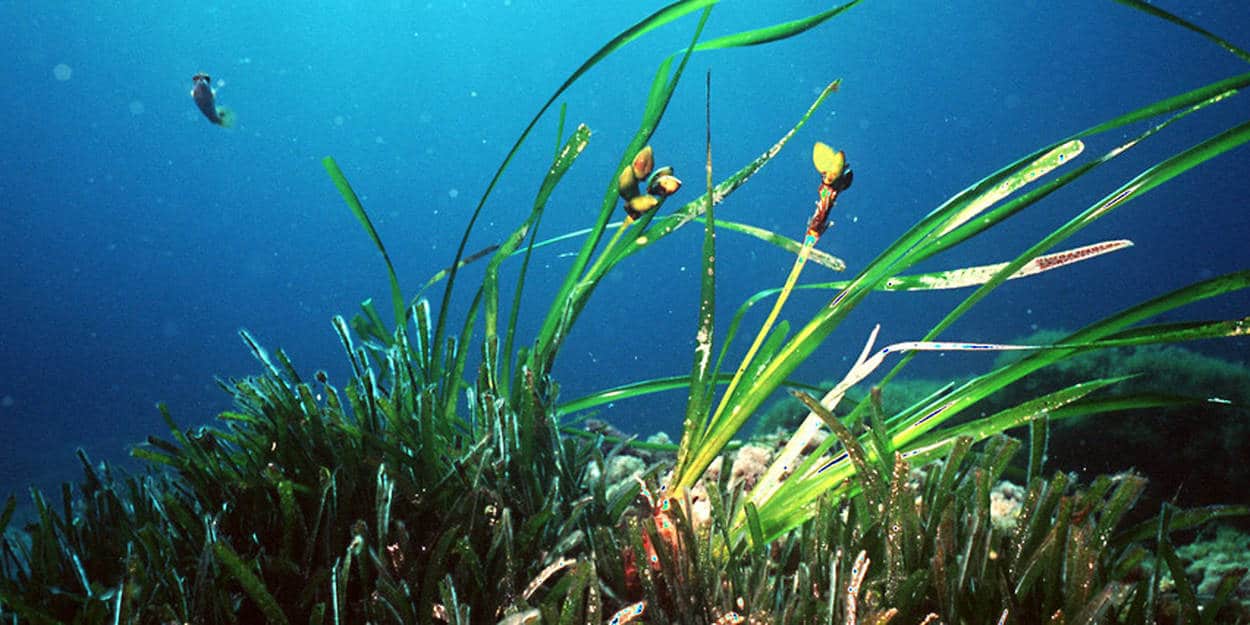Scientists are blown away by their recent discovery of the world’s largest plant, a seagrass which is the size of 28,000 soccer fields, found along the coast of Australia.
This seagrass was planted more than 4,500 years ago in the sun-drenched waters known as the World Heritage Area of Shark Bay in WA. This mammoth seagrass is more than 200 square km long, which is almost three times the size of Manhattan.
This was such a shocking discovery that at first scientists assumed this was different individual plants growing together into a seagrass meadow. They tested the DNA and confirmed it was all just ONE plant!
This single plant is now known as the world’s largest plant.
Does climate change affect the world’s largest plant?
With the ongoing climate change, it’s surprising that this plant has been so resilient through all the years. Scientists attribute this to several minor genetic changes that the plant has undergone for its survival.
Seagrasses are marine plants that grow in two ways: sexual reproduction or extending their rhizomes. This particular seagrass has grown in a second way and has slowly spread outwards.
The plant thrives in waters with varying temperatures, from 15 degrees Celsius to 30 degrees Celsius. This single plant has more than 40 chromosomes which give it an advantage in a wider range of environments.
Seagrasses protect our coastline from storm damages, help store carbon dioxide, and provide habitat to marine wildlife. But seagrasses are not immune from climate change impacts, so it’s essential to conserve and restore seagrass meadows.
The great resilience of this giant seagrass of Shark Bay provides the hope that they have survived through all these years of change and will continue to do so for many years to come!






